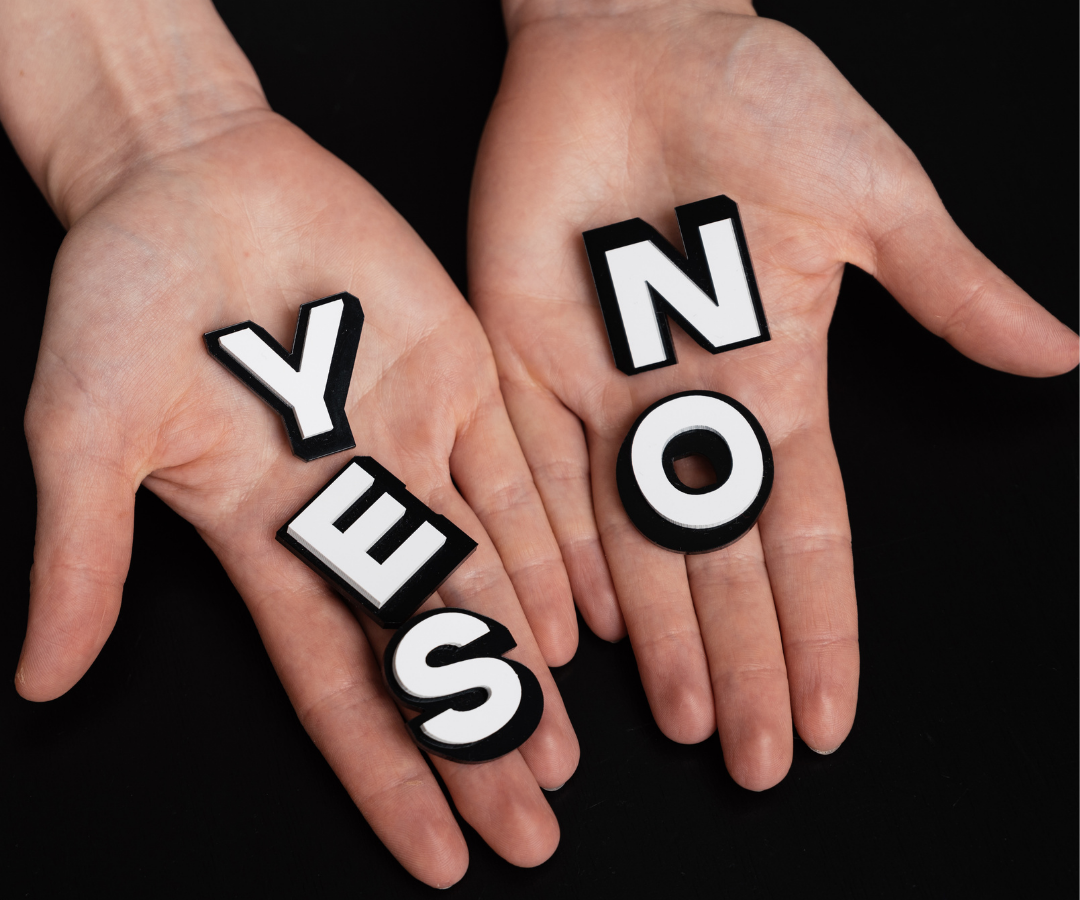When the pandemic hit, people moved out of the city. One effect of that exodus was that Broadway actors lost their jobs. But what about the ripple effect that their leaving had? What about the dishwasher in the restaurant where Patti LuPone bought her coffee? Or the manicurist Audra McDonald visited regularly? What about the people who worked in the parking garages where they parked their cars?
Not every ripple is negative. On the flip side, what about the shift workers who staffed the factory that made corrugated moving boxes? And people who worked at moving companies?
With every change, some people lose. Others win. The commonality is that ?????ℎ??? ℎ?????? ??????? ?????ℎ??? ℎ???????…nothing happens in a vacuum.
Events cause other events.
The coaching principle for this phenomenon is “???ℎ??? ?????? ?? ????????? ?? ????ℎ??? ????.”
That might sound like a bit of heavy quantum physics, but it’s true…everything that happens is interconnected.
We need to think about how our decisions can and will impact others.
It’s estimated that the average adult makes more than 35,000 decisions per day; both large and small. Researchers at Cornell University report that we make 226.7 decisions each day on just food alone!
Should I hit the snooze button?
Do I want eggs or yogurt?
Can I get away with another day of dry shampoo?
Should I make lunch or buy?
Do I need a raincoat?
Which shoes should I wear?
Should I call my sister back before I leave?
That is a lot of decision making, perhaps within the span of a half hour before 8am!
It’s a great exercise to think about how every single decision cited above which all seem pretty innocuous might have an impact on someone else. It might be minor, but it could affect others.
When we can take a meta view approach, we think more about others and how our decisions impact them and the world around us. Creating a meta plan is a holistic approach that involves considering all aspects of a situation, and all aspects of life. This realization might, in fact, be something we factored into our decision-making.
- Who is affected by what is being considered?
- How will the change affect other aspects of your life, or other people’s lives?
- What are the short-, mid-, and long-term effects of this decision?
- What precedents will be set by carrying out this plan?
Outside of the pandemic, “normal” everyday situations are impacted by decision-making, with a ripple effect that can transcend time and space. (I’m sticking with the physics theme this month.)
The community breathes a collective sigh of relief when a fugitive is captured.
A loved one falls ill, so you need to do more chores around the house.
A neighbor installs a fence, and you now have more deer in YOUR yard.
Your married children go to their in-law’s house for the holidays, and your table feels very different.
A storm washes out a bridge in town, and now side streets become main roads because of detours.
A family member refuses to get vaccinated but wants to visit.
So go buy your tickets to Hamilton (now that Broadway is back), and think about how that decision might impact the seamstress who mends Angelica’s dress, the honey-roasted nut vendor outside the theatre, and the conductor on the railroad that brings the audience to town.
We are truly the product of all our past decisions, and we are each connected to everything and everyone else, at all times.


